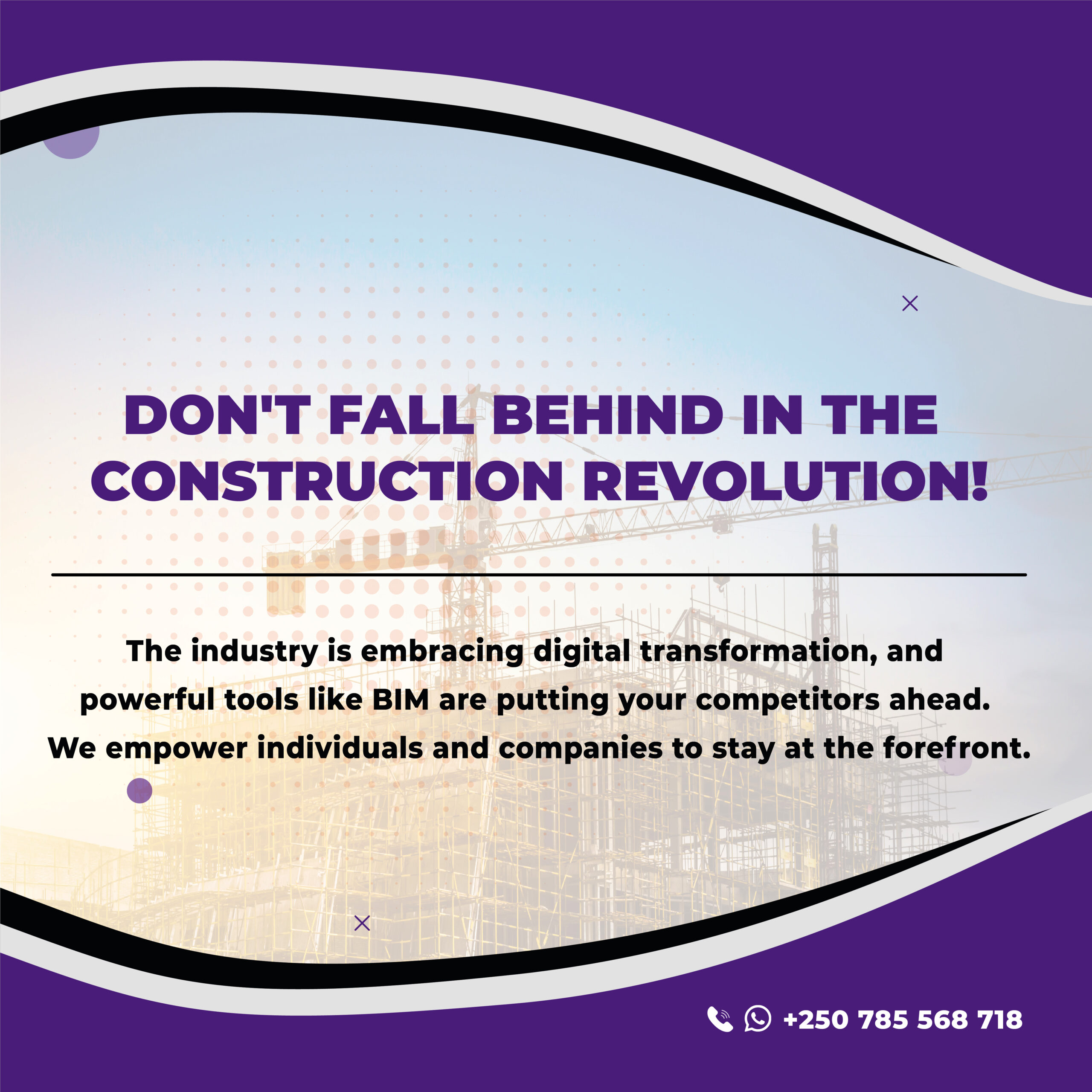
Africa is one of the world’s fastest-growing regions, and its population is projected to reach 2.5 billion by 2050. This growth has placed enormous pressure on African governments to build and maintain the infrastructure that can support an ever-expanding population, improve standards of living, and address challenges in health and education.
In the past, many governments have relied on traditional contracting methods to meet the challenges of building and maintaining the infrastructure. However, these methods are often expensive and time-consuming, and they have not been able to keep pace with the scale of construction projects needed to address the growing needs of Africa’s population, which has forced Nziza Training Academy to write about this topic.
In recent years, digital innovations and technologies have enabled governments in Africa to identify new and innovative solutions to these challenges and streamline their processes. For example, the use of drones for the inspection of critical infrastructures such as roads, bridges, railways, and electricity grids has shortened the time required for these tasks and reduced costs significantly. New technologies like virtual reality have also been used to help authorities plan and design infrastructure projects more efficiently and to reduce construction risks. Modern design technologies like building information modeling have also made it possible to improve coordination between different stakeholders in the planning and construction of infrastructure projects through cloud-based collaboration tools that enhance transparency and stakeholder engagement. Finally, blockchain-powered technology has been used to manage financial transactions and track supply chain processes more quickly and efficiently than traditional methods.
By adopting new technologies into their processes, African governments can significantly reduce their operating costs and boost productivity. This in turn will enable them to deliver better public services to their citizens and create the economic opportunities they need to boost economic growth and improve living standards.

Challenges remain, however, especially when it comes to implementing and rolling out new technologies across large and diverse government bureaucracies. For digital technologies to reach their full potential in Africa, the governments in this region must build and maintain strong partnerships with the private sector to ensure that they have adequate resources and expertise to implement these technologies effectively.
Today’s construction industry is characterized by a changing workplace driven by rapidly evolving technologies and an increasing demand for more efficient and affordable solutions to meet this growing demand from end users. In the face of these technological and environmental challenges, the construction industry must adapt to survive in the future. To meet these challenges, the industry needs to adopt modern technologies that enable the sharing of data between all parties involved in the construction industry and enhance transparency throughout the process.
Over the last decade, several new technologies have been introduced into the construction industry such as Building Information Modelling (BIM), drones, Virtual Reality (VR), the Internet of Things (IoT), and robots among others. These technologies have revolutionized the way construction projects are managed in today’s rapidly changing business environment. They enable companies to access and share real-time data from the field to streamline the construction process and facilitate faster decision-making.
Countries like Rwanda which are still using elementary design technologies that are limited to 2D and 3D only while other countries are reaching 8D technology are a clear indication that Rwanda should consider using more advanced technologies.
Government employees are left behind regarding the updated skills while they should be ahead of the private sector to be able to regulate the future of infrastructural projects in the country which is going to be paramount to developing Rwanda into a middle-income economy in a short time.
As stated in the 2020-2050 Vision Plan of Rwanda, infrastructure development is critical to the country’s long-term development. As the Government seeks to accelerate the implementation of its ambitious infrastructure program and achieve the vision of becoming a middle-income country by 2035, it has made significant progress in attracting new investors to the country’s infrastructure sector and attracting increased investment through public-private partnerships.

There is much money that is lost due to that the local industry is not yet regulated to implement projects with modern tools and technologies such as Building Information Modeling in horizontal and vertical projects as well as digital twin technologies in the water and energy sectors. These technologies are too old, it’s shocking how a rapidly growing country like Rwanda is still using elementary ways of technically studying and delivering infrastructural projects.
The root cause is clear that is because of the lack of skilled human resources who are aware of the latest engineering technologies in Rwanda, government should concentrate on investing in local educational institutions to prepare the next generation of qualified engineers who can implement the needed modern technologies in the country’s infrastructural development.
According to the economic times, BIM could save up to 20% of the project cost by shortening the construction time, which forced the Indian government think tank to oblige all the infrastructure ministries to consider the use of BIM.
Conclusively, there is an urgent need for the government of Rwanda to invest in technical training programs to foster the development of young professionals with the skills needed to fill the critical gaps in the technology workforce and help the country achieve its goal of becoming an emerging middle-income country by 2035.
In nutshell, the government needs to adopt a proactive role in helping to create an adequate supply of skilled workers capable of implementing modern technologies and relevant regulations which will ensure the successful implementation of its ambitious infrastructure program.
Africa is well renowned for its outdated processes and technology in designing, constructing, and operating its infrastructure assets. This is largely due to the dearth of technical skills coupled with the expensive nature of training locally and internationally. This impacts the productivity of the country and makes African economies less competitive in the regional and global markets.

